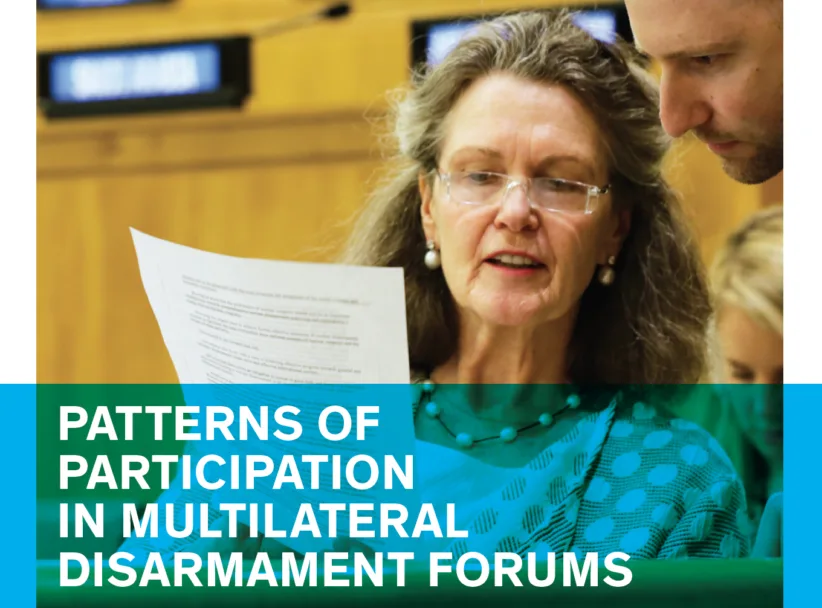New NPA report on participation in multilateral disarmament meetings
Who actually participates in multilateral disarmament meetings? Building on recent studies, a new NPA report investigates patterns of participation in disarmament, non-proliferation and arms control forums – from the Anti-Personnel Mine Ban Convention to the Nuclear Non-Proliferation Treaty.

In addition to overall levels of participation, we look at two indicators in particular – the gender balance of meeting delegations and the development status of the states these diplomats represent
The aim of the report is to get one step closer to explaining why some states participate in most multilateral disarmament meetings and others don’t, why some states send large delegations and others send small delegations, and why some delegations have a balanced mix of men and women while others are predominantly made up of men (or women)
Patterns of participation at multilateral meetings are important for several reasons. At its core, it is a question of democracy, and of ensuring that all states in the international system are able to engage in a meaningful way in multilateral decision-making. Secondly, participation rates are an expression of how well the international disarmament system functions. Forums with low participation rates will struggle to achieve global ownership, which is key to achieving progress on many issues. Broad, consistent and active involvement is a prerequisite if we are to strengthen the global security architecture, including on arms control, disarmament and non-proliferation. It is an important element in creating the conditions and the environment for progress.
Patterns of participation can be seen as an expression of the functionality of the multilateral disarmament machinery as a whole and its respective elements. They can also indicate patterns of power and preponderances of interest, and assist in the analysis of policy positions. Insight into the levels of participation can thus inform views on how to oil that machinery and how to further develop it. More specifically, data on participation can tell us something about the relative importance that states attach to different disarmament forums (why do some forums have higher participation than others?). It can also point to reasons why states may be prevented from engaging in multilateral disarmament meetings in a meaningful way (which factors influence whether a state decides to participate?), and the force with which it participates (what determines the size and composition of a state’s meeting delegation?).
NPA hopes that this report and our planned follow-up research will provide useful analysis and indicators for governments and civil society which like us are working towards democratic and effective multilateral decision-making.
Download the report
Report: Patterns of Participation in Multilateral Disarmament Forums
